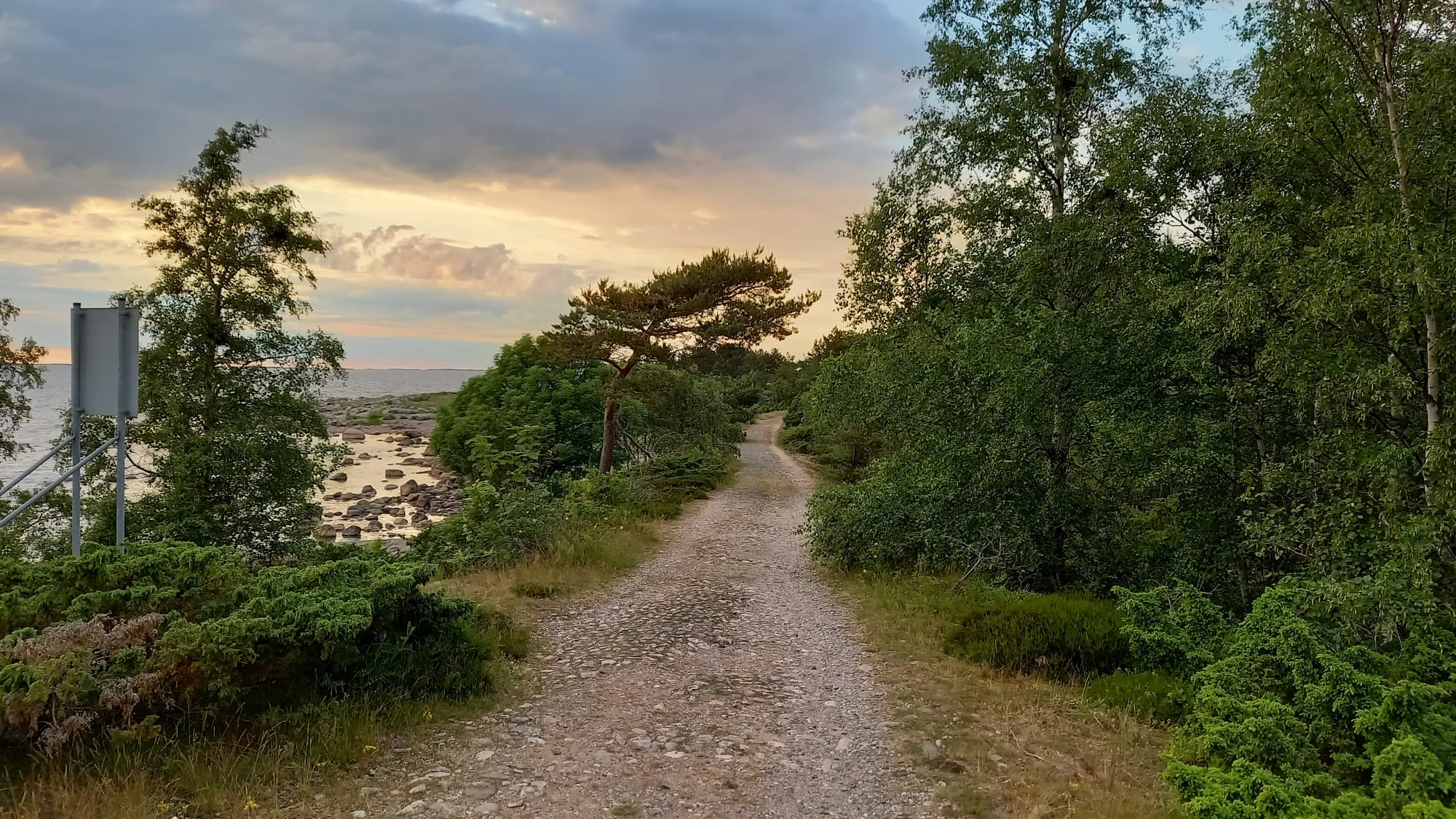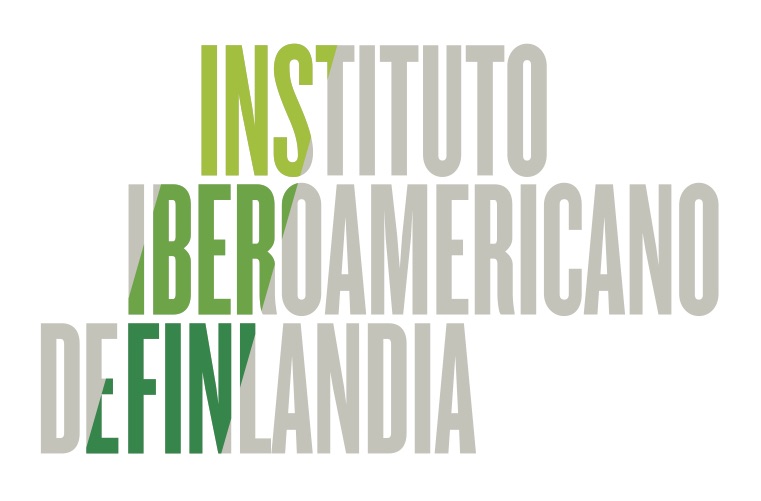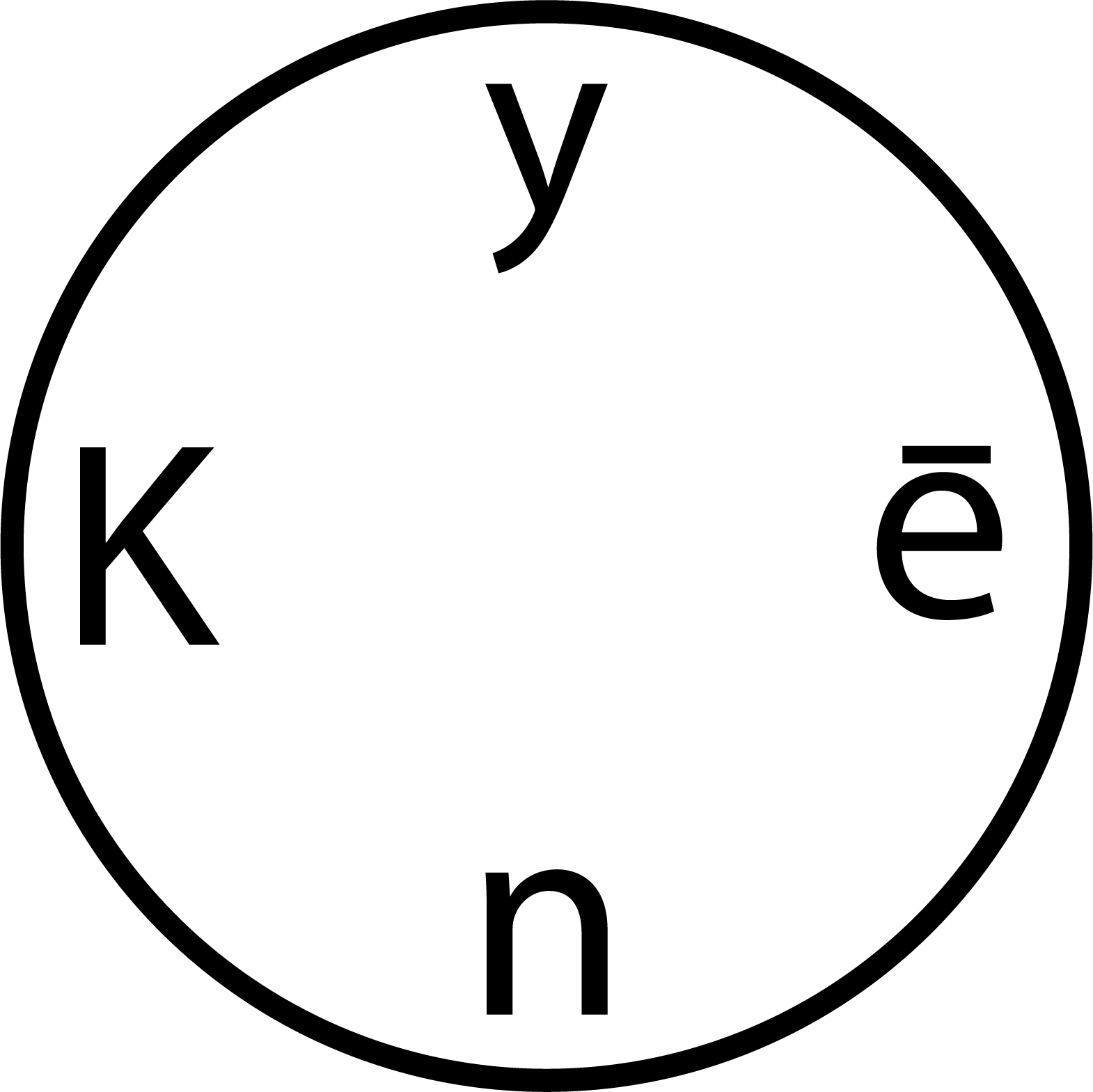Koynē Program
Koyne Program is inspired by the concept of art as a lingua franca, a common language and a communication channel, through which artists, residencies, cultural professionals and researchers can connect without borders and exchange knowledge, techniques and sustainable materials.
Koyne encourages collectively and socially responsible projects and is interested in developing a critical vision on issues that we consider of mutual and transversal importance such as biodiversity and cultural heritage, climate change and democracy by technological revolution.
Koyne Program
︎Exch - 2024
︎South - North Circuit :
︎︎︎ ADAPTATION
Materials Library


Our Methodology
At Koyne, we employ art, science, and creative inquiry as mechanisms to examine, connect, and articulate pathways toward a more conscious and sustainable existence. Recognizing that the prevailing economic paradigm, centered on perpetual progress and growth, significantly contributes to global warming, we are dedicated to exploring alternative models that ensure the well-being of both nature and humanity. Our aim is to foster societal and organizational prosperity within the Earth's ecological boundaries.
Our research is driven by the imperative to transition toward production and consumption cycles that preserve ecological balance. We assert that this transformation requires a multidisciplinary approach, with art and creative practices playing a pivotal role. In this context, we are committed to modernizing artistic methods by adopting materials and processes that minimize environmental impact.
To advance this vision, Koyne has developed a research methodology in partnership with art residencies. This approach systematically investigates and documents local resources, materials, and traditions surrounding each residency. Our objective is to identify and disseminate environmentally safe materials for creative practices, thereby embedding sustainable methods into the cultural sector. Through these efforts, we contribute to the realization of a circular economy and the reimagining of production systems that prioritize ecological and societal resilience.
Behind Koyne Program︎︎︎

SUPPORT
The 2022-2024 activities of Koynē Program are supported by:






